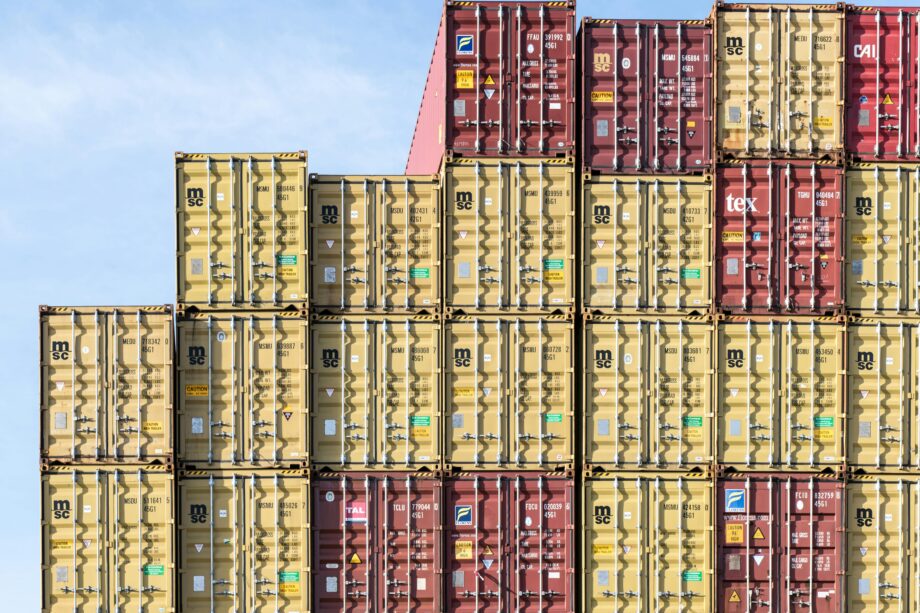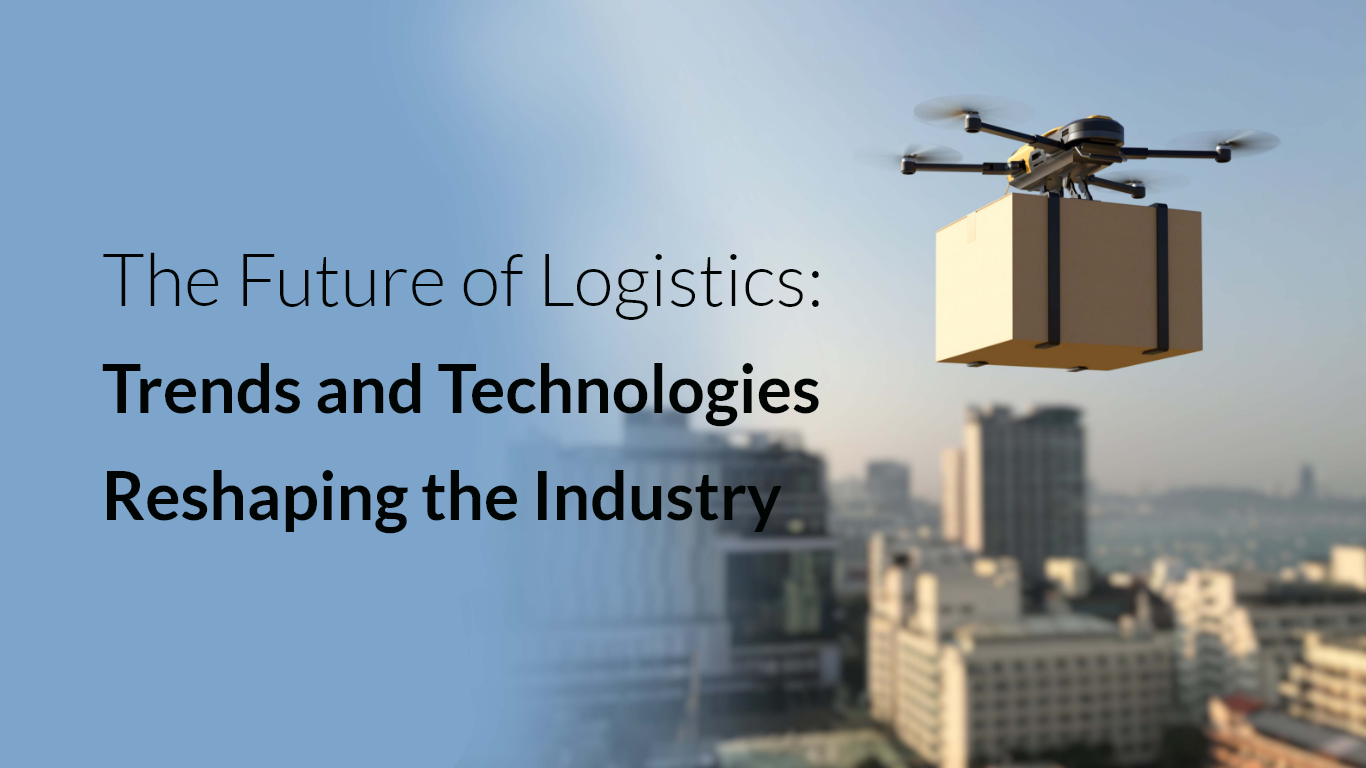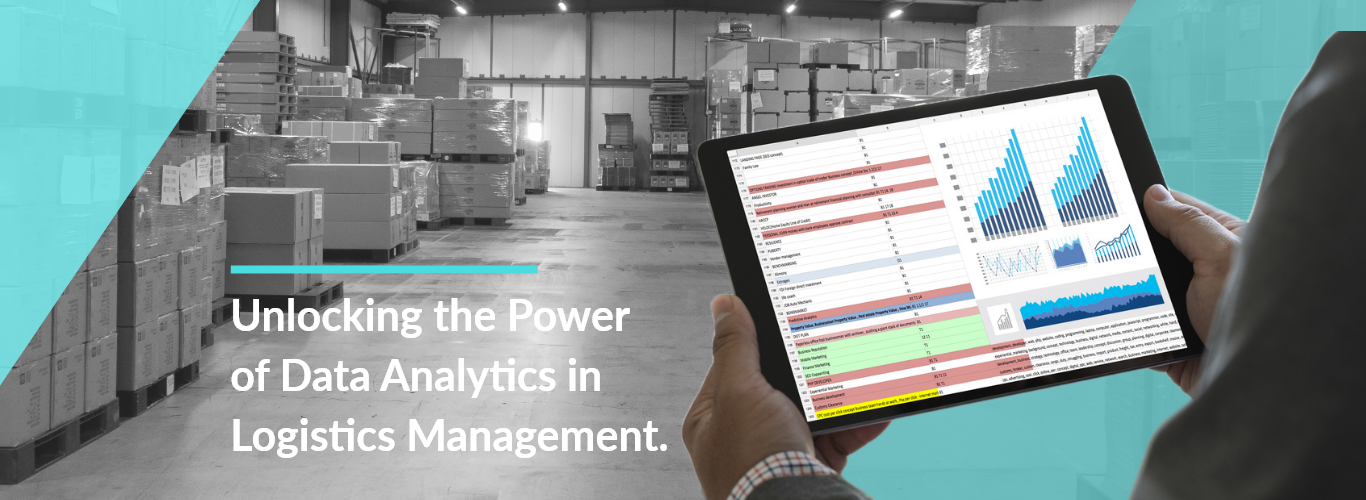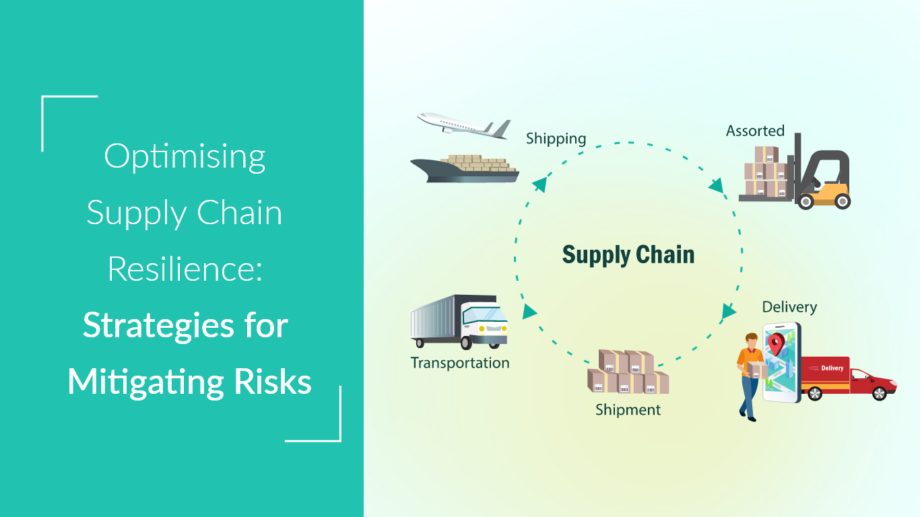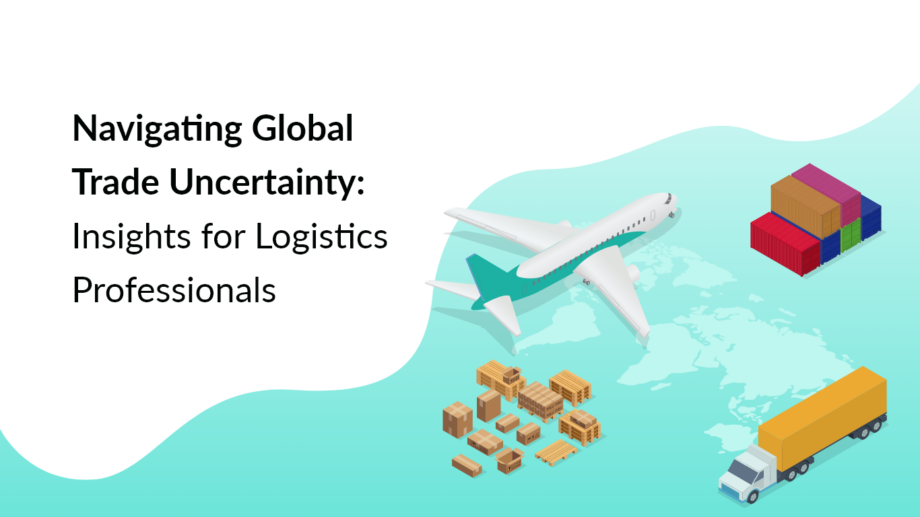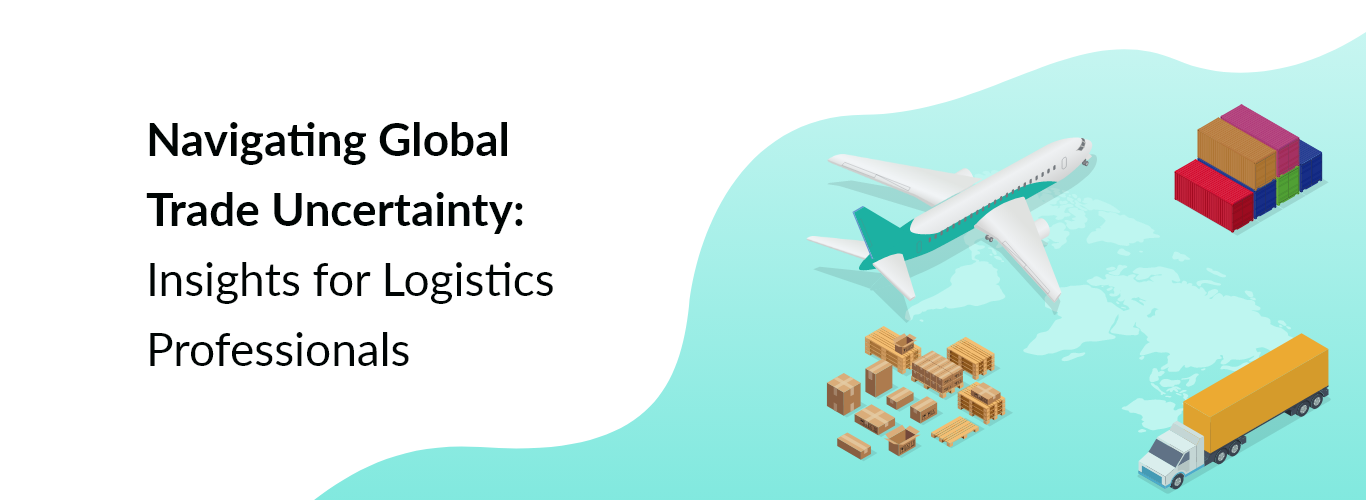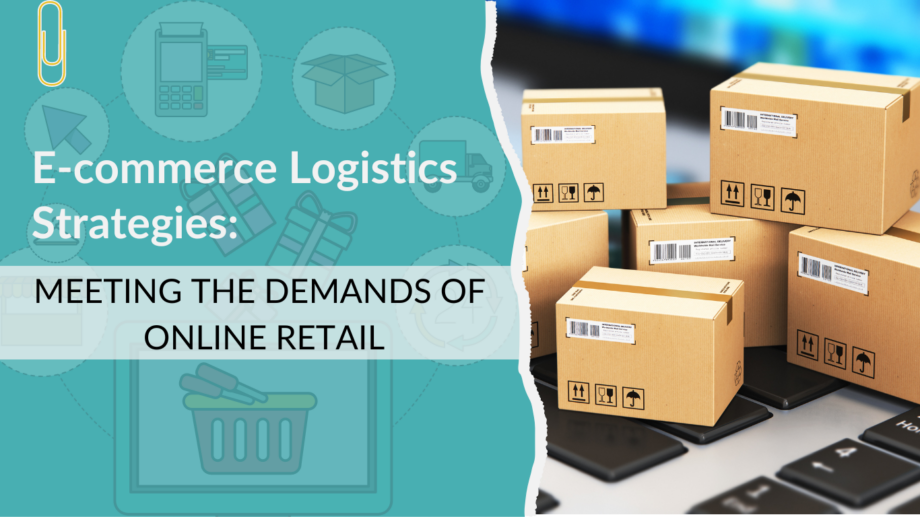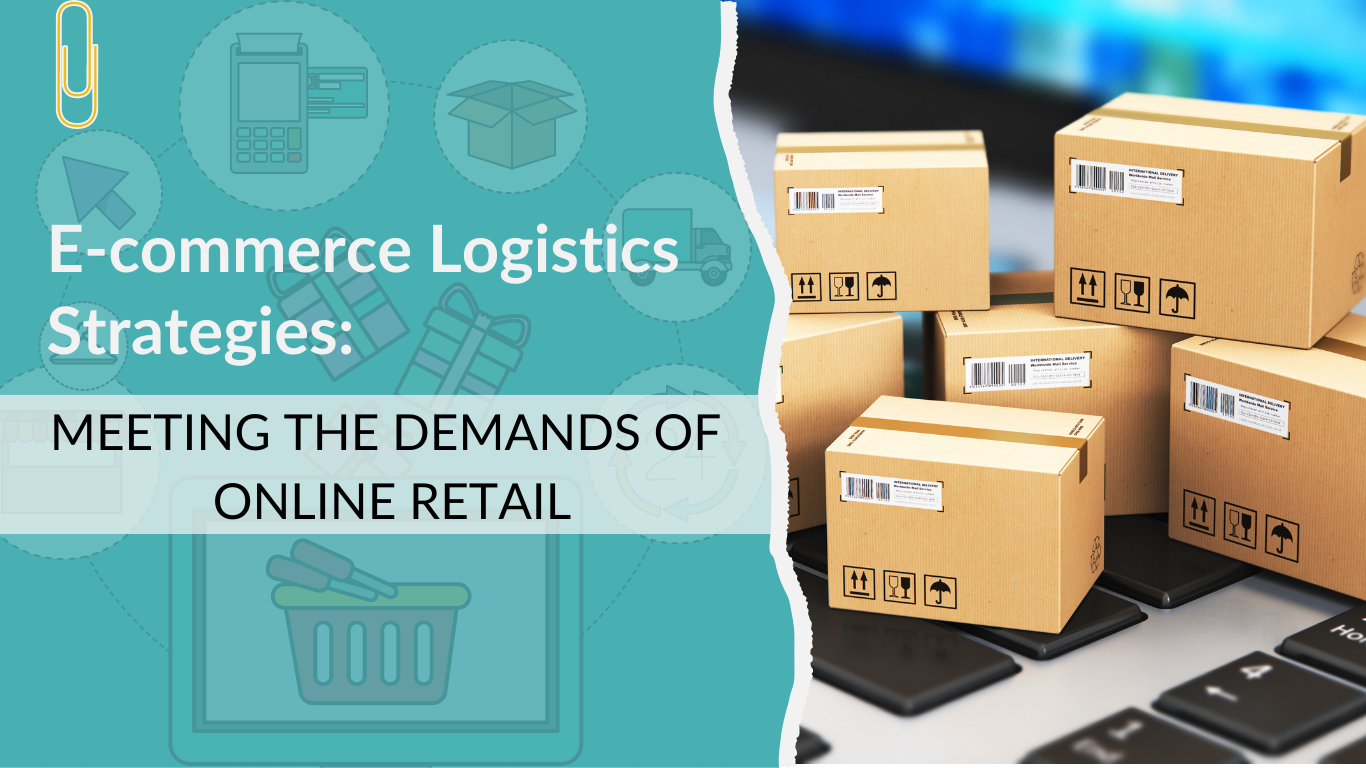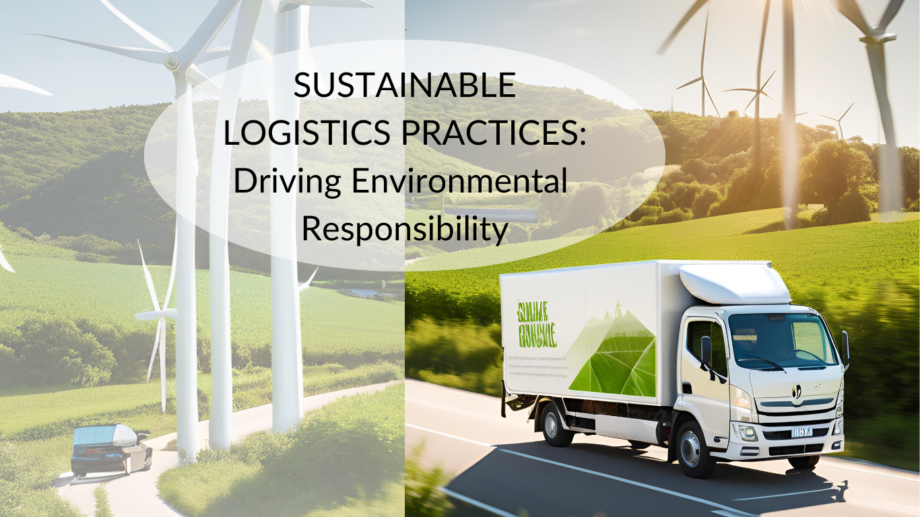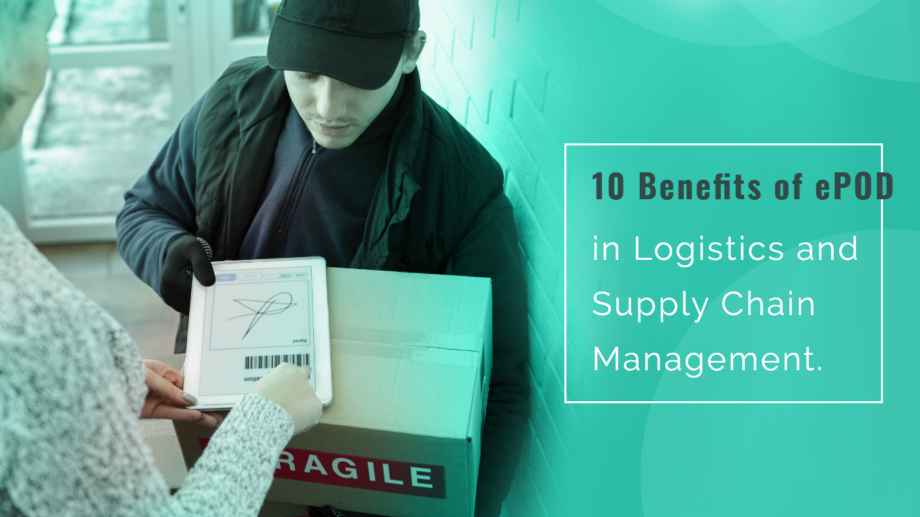Cybersecurity in Logistics and Warehouse Management 2025
The logistics and warehouse management industry has undergone a significant transformation, embracing advanced technologies to enhance efficiency and meet the escalating demands of global commerce. Automated Guided Vehicles (AGVs), Artificial Intelligence (AI)-driven inventory systems, and blockchain for supply chain transparency are now integral components of modern warehouses. This technological evolution has propelled the global logistics and warehousing market to a valuation exceeding $200 billion. However, as these digital innovations become more pervasive, they also introduce heightened logistics cybersecurity threats that necessitate robust and adaptive security strategies for critical infrastructure protection.

Photo by Tiger Lily: https://www.pexels.com/photo/men-working-in-a-warehouse-4481259/
But, there’s something that threatens this tech-optimized era of warehousing and logistics. Cyberattacks.
With warehouses and logistics centers depending more and more on technology, there’s a stronger risk of cyberattacks taking over systems and business operations. There’s an alarming record of 97 cyberattack victims per hour globally – and the warehousing and logistics industry isn’t left out. In 2022, Expeditors International – a global logistics company, had to shut down most of its accounting and operations system for three weeks thanks to a massive cyberattack. A research by Ivanti also showed that 58% of warehousing and logistics managers view cybersecurity as a major concern.
The threat of cyberattacks on warehouses and logistics centers is real. Now, more than ever, it’s important to put all the necessary cybersecurity measures in place to protect their operations.
The Escalating Threat Landscape
The integration of technology in logistics has made the industry a lucrative target for cybercriminals. Recent incidents underscore the severity and frequency of these logistics cyber threats:
- KNP’s Demise Due to Ransomware: A 150-year-old logistics company, KNP, fell victim to a ransomware attack by the Akira group, leading to the encryption of critical systems and a subsequent demand for cryptocurrency ransom. Despite having cybersecurity insurance and data security accreditation, the company could not recover, leading to its closure and the loss of 730 jobs. thetimes.co.uk
- Stop & Shop’s Operational Disruptions: In November 2024, grocery chain Stop & Shop experienced supply-chain disruptions and product shortages following a cybersecurity incident that affected operations, including supply-chain, pharmacy, and e-commerce systems. This led to shortages of fresh produce, meat, and dairy products at certain locations, highlighting the vulnerability of supply chains to cyberattacks.wsj.com
- Starbucks’ Payroll Challenges: A ransomware attack on Starbucks’ third-party software supplier, Blue Yonder Group, disrupted employee scheduling and payroll systems across 11,000 North American stores. Managers had to resort to manual processes, such as using pen and paper, to manage employee schedules and payroll, demonstrating the ripple effect of cyberattacks on operational efficiency.nypost.com
- Japan Airlines’ Flight Delays: In December 2024, Japan Airlines suffered a cyberattack that disrupted its network, leading to delays of over 20 domestic flights during the year-end holiday season. The attack targeted the company’s network by overwhelming it with massive data transmissions, causing significant inconvenience to passengers.apnews.com
These incidents highlight the critical need for the logistics and warehouse management industry to adopt comprehensive supply chain cybersecurity measures to protect against evolving threats, including zero-day vulnerabilities and hardware supply chain compromises.
Emerging Cybersecurity Trends
To combat the increasing cyber threats, the logistics and warehouse management industry is adopting several key cybersecurity trends:
1. Security Awareness Training: Empowering the Workforce
Human error remains a significant vulnerability in cybersecurity. Comprehensive security awareness training programs are essential to equip employees with the knowledge to identify and respond to cyber threats. Key components include:
- Phishing and Social Engineering Awareness: Training employees to recognize and avoid phishing attacks, malicious links, and fraudulent requests is crucial. Implementing Virtual Private Networks (VPNs), such as Surfshark, can secure remote connections and prevent data breaches.
- Password Security Best Practices: Encouraging the use of complex passwords and password managers reduces the risk of credential theft. Regularly updating passwords and implementing multi-factor authentication (MFA) adds additional layers of security.
- Data Protection and Confidentiality: Educating employees on proper data handling, retrieval authentication, and storage protocols safeguards sensitive business and customer information, ensuring data integrity.
- Incident Reporting and Response: Establishing clear protocols for reporting suspicious activities, lost devices, or unauthorized access attempts ensures prompt action to mitigate potential breaches.
2. Zero-Trust Security Models: Trust No One, Verify Everything
The traditional perimeter-based security model is no longer sufficient in the face of sophisticated cyber threats. Adopting a Zero-Trust Security framework, which operates on the principle of “never trust, always verify,” ensures that every user, device, and system interaction undergoes rigorous verification. Key strategies include:
- Multi-Factor Authentication (MFA): Implementing MFA using One-Time Passwords (OTPs), Personal Identification Numbers (PINs), and biometric verification adds layers of security.
- Role-Based Access Controls (RBAC): Limiting access to systems and data based on an individual’s role minimizes the potential impact of insider threats.
- Continuous Monitoring: Implementing real-time threat monitoring for suspicious behavior enables the early detection of potential threats.
By adopting a Zero-Trust approach with robust authentication and access control measures, logistics companies can significantly reduce the risk of unauthorized access and data breaches.
3. AI and Machine Learning: Proactive Threat Detection
Artificial Intelligence (AI) and Machine Learning (ML) are revolutionizing cybersecurity by enabling predictive analytics for threat detection and real-time monitoring. AI-powered systems can:
- Identify Patterns and Anomalies: AI analyzes login attempts, authentication requests, and data transfers to detect unusual behavior. Sudden password changes, multiple failed login attempts, or unauthorized data access trigger immediate alerts.
- Real-Time Monitoring and Automated Response: AI-driven security tools continuously scan for threats and can implement automated incident response to quarantine suspicious activities until they are verified.
- Adaptive Defense Mechanisms: AI learns from past incidents, improving its ability to detect and prevent new types of cyberattacks, including those targeting cyber-physical systems in logistics operations.
Integrating AI and ML into cybersecurity strategies enables logistics companies to proactively identify and mitigate threats before they can cause significant harm to the industrial internet of things infrastructure.
4. Addressing the Cybersecurity Skills Gap: Leveraging External Expertise
The rapid evolution of cyber threats has outpaced the availability of skilled cybersecurity professionals, leading to a significant skills gap in the industry. To bridge this gap, companies are increasingly:
- Outsourcing to Cybersecurity Firms: Engaging managed service providers to conduct regular system audits, vulnerability assessments, and security updates ensures that systems are protected against the latest threats.
- Utilizing Freelance Experts: Hiring freelance cybersecurity experts on a project basis provides access to specialized skills without the need for long-term commitments.
- Investing in Employee Development: Offering certification programs, workshops, and hands-on training for employees helps build an in-house cybersecurity skillset, reducing reliance on external experts over time.
By addressing the cybersecurity skills gap, logistics and warehouse management companies can enhance their resilience against cyber threats and ensure that security measures remain up to date, including protection against open-source software vulnerabilities.
5. Blockchain for Secure Supply Chain Management
Blockchain supply chain management technology is emerging as a game-changer for cybersecurity in logistics and warehouse management. Its decentralized and tamper-proof nature enhances transparency, security, and traceability across supply chains. Key benefits include:
- Immutable Records: Blockchain ensures that once a transaction is recorded, it cannot be altered or deleted, reducing the risk of fraud and manipulation.
- Secure Data Sharing: Companies can share data across the supply chain with suppliers, manufacturers, and distributors in a secure and verifiable manner, enhancing supply chain visibility.
- Elimination of Single Points of Failure: Decentralization prevents any single entity from controlling or corrupting the entire system, improving supply chain resilience.
Leading logistics companies like Maersk and Walmart have already implemented blockchain-based supply chain solutions to enhance security and efficiency. As more organizations recognize the benefits, blockchain adoption in logistics is expected to grow significantly, providing robust protection against hijacked updates and other supply chain vulnerabilities.
6. Cyber Resilience Strategies: Incident Response and Recovery
Despite the best preventive measures, cyberattacks may still occur. A well-defined cyber incident response and recovery plan ensures minimal disruption and swift recovery in the event of a breach. Key components of cyber risk management include:
- Incident Detection and Containment: Rapid identification and isolation of affected systems prevent the spread of attacks.
- Data Backup and Recovery: Regularly backing up critical data ensures quick restoration in case of ransomware attacks or data breaches.
- Business Continuity Planning (BCP): Developing contingency plans, such as alternate logistics routes and manual operations, minimizes operational downtime.
Companies that invest in cyber resilience strategies are better equipped to handle cybersecurity incidents with minimal financial and reputational damage, ensuring effective data breach prevention.
Popular Cybersecurity Trends in Logistics and Warehouse Management
Seeing as cyberthreats are becoming more rampant, most warehouses and logistics centers have started taking measures to protect themselves. Here are a few popular cybersecurity strategies that are already making waves in the industry:
Security Awareness Training
This is usually the first step for most warehouses and logistics centers. As a rule, having the best cybersecurity tools is pointless if the employees know nothing about cybersecurity. More warehousing and logistics companies are now investing in periodic training for their employees on cybersecurity risks and best practices to detect, avoid, and worst-case manage cyber threats.
Some basic security awareness practices for employees include:
Phishing and Social Engineering Awareness:
This focuses on recognizing and avoiding common cyber-attack formats like phishing emails, SMS messages, and other forms of social engineering. Here, employees are trained to identify suspicious documents and requests. Where an external document seems legit, employees are often advised to view it on a non-company laptop or at best use a VPN like Surfshark. By design, VPNs encrypt data transmission such that it’s impossible to hack or steal. Cybernews Surfshark review shows that it’s one of the best VPNs for secure data access and remote connections for businesses.

Photo by Tima Miroshnichenko: https://www.pexels.com/photo/close-up-view-of-system-hacking-in-a-monitor-5380664/
Password Security Best Practices:
While it may seem redundant, statistics show that employees are sometimes careless with passwords. As such, it’s only safe for businesses to remind them about protecting their passwords. Strong passwords are the first line of defense. Afterward, properly managing the passwords is important. In most cases, the strongest passwords are very complex and hard to remember. That’s why a high-quality password manager is often recommended for businesses and employees.
Data Protection and Confidentiality:
Logistics and warehouse operations typically involve handling sensitive data such as customer information, shipping details, and financial records. As such, training employees on proper data management is non-negotiable. Training on data protection usually involves data handling, retrieval via authentication, and storage. As a rule, no business or customer data should be stored outside the warehouse data management systems.
Incident Reporting and Response: Oftentimes, cyber-attacks succeed because employees failed to recognize and promptly report security incidents like a potential phishing attempt, lost or stolen devices, and suspected unauthorized access to business systems. That’s why training on incident reporting plays a key role in protecting the logistics and warehousing business. As a rule, all suspicious things must be reported.
Running Zero-trust Security Systems
Besides training employees on the basics of cybersecurity, companies still invest in dedicated cybersecurity teams and technologies to ensure that there are no loopholes for cyber-attacks. This falls under the idea of zero-trust security.
A zero-trust security system basically operates different layers of security and serial authentication for every process. It may seem paranoid, but it’s really efficient in preventing cyber-attacks. Since every employee and every action needs to pass through multiple layers of authentication like a one-time password (OTP), personal ID numbers (PIN), passwords, and security clearance by a senior, it’s harder for a cyber-attack to succeed – unless it’s an inside job, which also narrows down suspects.
Artificial Intelligence (AI) and Machine Learning (ML) for Threat Detection
With AI disrupting every industry, it’s not surprising that it has entered the warehousing and logistics scene. Now, AI/ML is being used to strengthen the security systems of warehouse and logistics companies. AI actively works to detect and prevent threats by analyzing tons of data. Here’s how it works:
Identifying patterns:
AI/ML is trained on billions of data which it uses to identify suspicious patterns, anomalies, and security risks associated with cyber-attacks. Since, the algorithm takes note of every digital interaction such as logins, authentications, and data transfers, it can easily flag deviations such as repeated or sudden changes of passwords, errors in authentication, and potential data scraping or hijacking.
Real-time monitoring and automatic reporting: where deviations are noticed, the AI algorithm is by default programmed to report it for prompt action. In some cases, anomalies are automatically flagged and quarantined pending authentication. By acting quickly on detections, AI ensures that threats are promptly dealt with.
The Future of Cybersecurity in Logistics and Warehouse Management
As logistics and warehouse management continue to embrace digital transformation, cybersecurity will remain a top priority. Future trends include:
- Quantum Computing: While still in its early stages, quantum computing could revolutionize encryption and security protocols, making traditional cybersecurity measures obsolete.
- Biometric Authentication: Fingerprint, facial recognition, and retina scans will replace traditional passwords for enhanced security.
- AI-Driven Autonomous Security Operations Centers (SOCs): AI-powered SOCs will automate threat detection and response, reducing reliance on human intervention and enhancing cyber threat intelligence capabilities.
By proactively adopting advanced cybersecurity measures and conducting regular third-party risk assessments, logistics companies can safeguard their operations, protect sensitive data, and maintain the trust of customers and partners.
Conclusion
Cybersecurity in logistics and warehouse management is no longer an option but a necessity. With increasing logistics cybersecurity threats targeting supply chains, companies must adopt a multi-layered security approach that includes employee training, Zero-Trust security models, AI-driven threat detection, blockchain solutions, and robust incident response plans.
By staying ahead of evolving threats and leveraging cutting-edge security technologies, including IoT security measures, the logistics industry can ensure resilience, protect critical assets, and maintain seamless operations in an increasingly digital world. Implementing comprehensive supply chain cybersecurity strategies is crucial for safeguarding the entire logistics ecosystem against sophisticated cyber threats.


